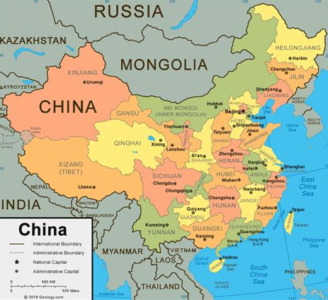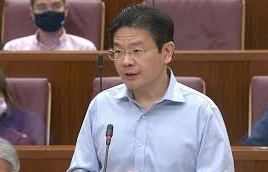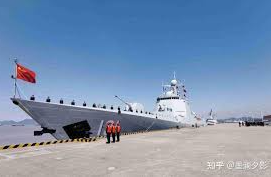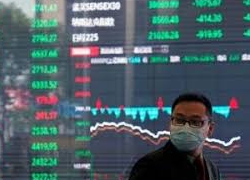Experts see Beijing’s latest map as a calculated move to influence ASEAN and G20 discussions while reigniting regional tensions.
China’s release of its “China Standard Map Edition 2023” has reignited disputes over territories in the South China Sea and contested land with nations like India, Malaysia, Vietnam, and Russia. Analysts suggest the timing, just before major summits like ASEAN (Sep 5–7) and G20 (Sep 9–10), is a strategic move to reassert territorial claims and maintain their prominence in regional dialogues.
The updated map includes a “10-dash line” claiming vast areas of the South China Sea and reinforces China’s claim over Taiwan, despite international rulings dismissing such assertions. The map has drawn swift protests from India, Malaysia, and the Philippines, among others, highlighting its contentious nature.
Political Motivations and Regional Impacts
Analysts like Allan Behm and James Chin describe the move as “typical Chinese diplomacy,” meant to pressure summit participants. By reviving territorial issues, China signals its unwillingness to back down on claims, even in the face of legal dismissals like the 2016 ruling by the Permanent Court of Arbitration.
China’s claims have further stoked tensions in disputed areas, with experts predicting increased confrontations, such as between Malaysian coast guards and the Chinese navy. The South China Sea’s geopolitical importance is amplified by the presence of Western naval forces, including those of the U.S. and Australia.
A Broader Diplomatic Play
The map also touches on sensitive territories such as Arunachal Pradesh and Ladakh in India, territories disputed with ASEAN nations, and Russia’s Bolshoy Ussuriysky Island. Observers note that these moves may provoke diplomatic fallout, with countries like India expected to respond strongly.
Despite protests and heightened tensions, analysts agree that China is unlikely to retreat from its claims. Instead, the map serves as a statement of intent, reinforcing President Xi Jinping’s vision of historical reclamation and bolstering nationalist sentiment.
Limited Leverage Against Beijing
While countries affected by the map are voicing their objections, their ability to pressure China is limited. Actions like diplomatic protests, cultural demonstrations, and private negotiations may surface, but experts suggest these are unlikely to alter Beijing’s stance.
As China continues to flex its geopolitical muscles, the question remains: How will these tensions shape the discussions at the upcoming ASEAN and G20 summits?








